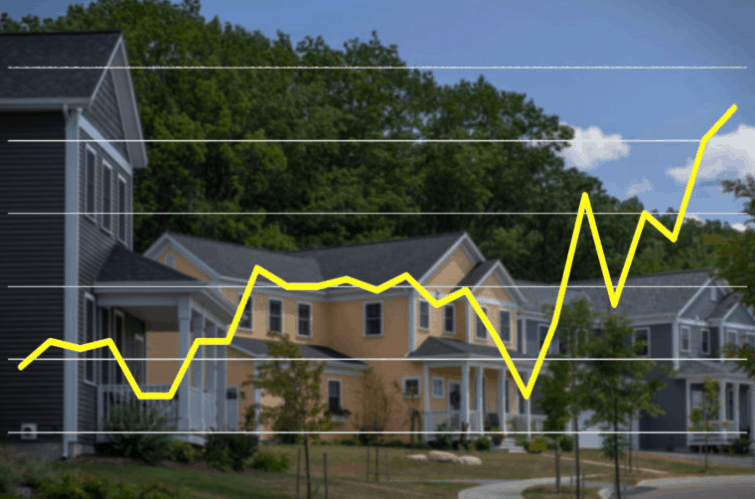By Cathy Davis
Editor’s note: Davis is the president of the Lake Champlain Chamber.
In the past two months, I have heard about housing challenges almost as much as I’ve heard about staffing shortages. Of course, they’re related. If employees can’t find housing, they have to move to where they can find it. That might mean leaving the region or the state for another place. It might mean not taking a job in Vermont. It might mean, as a recent caller told us, something far more dire, like sleeping in your car.
If you look around, you might see evidence of new housing. Perhaps there’s a new house going up in your neighborhood or you’ve watched a new apartment building being built. We have made progress, but it is not enough. We need many more multi- and single-unit homes at all price points.
The shortage of housing is constraining employers’ ability to both maintain existing jobs and create new ones, which in turn takes a toll on our economy. Home prices have exploded, creating a real barrier for Vermonters hoping to enter the housing market.
It is easy for some to sit back in the comfort of their home and ignore this issue. But, we need to ask ourselves, do we want Vermont to be a place where only those who have succeeded financially can live? Or do we want it to be a place where people of all backgrounds can find fulfilling work, raise a family if they choose, and live in safe, affordable-for-them housing.
I choose the latter and believe that we urgently need to build more housing and that we can do so in a way that adds vitality to our communities and is not cause for fear.
It is imperative we begin addressing the multitude of challenges to housing development that have piled up over the past decades, halting projects and duplicating processes at every level of government.
It’s time for a paradigm shift. Instead of letting one opinion stop a project and calling it public engagement or adding hoops to jump through and calling it preservation, let’s really commit to building more housing and then look at all the barriers and pressure points on housing development and identify which we can remove and which we are unwilling to remove.
We like to think of ourselves as a progressive and inclusive place, but if our housing options leave so many people out, are we really?




